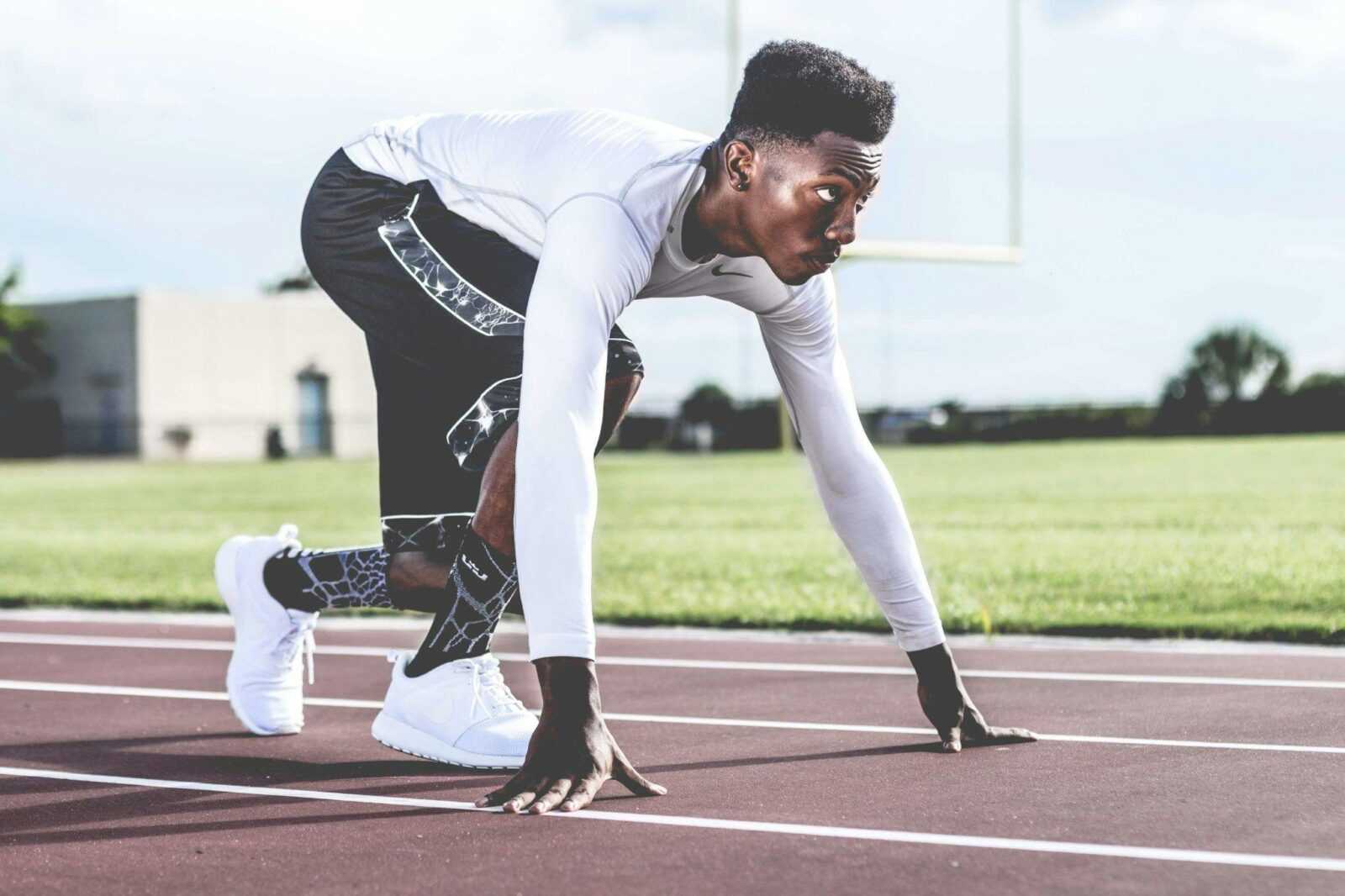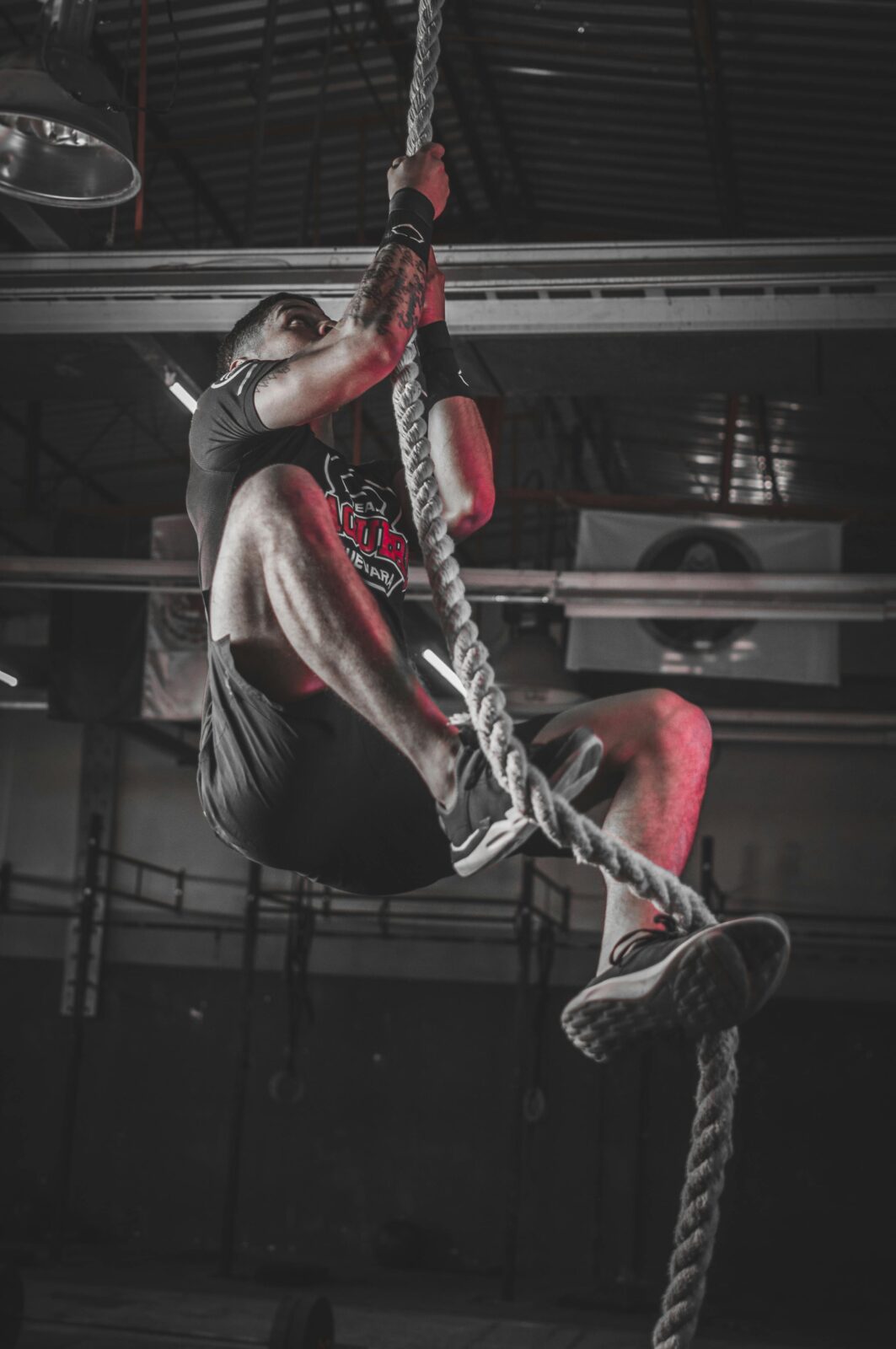
How It Works
As athletes strive to improve their performance, an informed and strategic approach to training and conditioning is essential for reaching their full potential. Sports Mastery Zone introduces the Athlete Performance Optimization Toolkit, a comprehensive resource designed to empower athletes, coaches, and trainers with effective strategies, insights, and practices that promote peak performance across various sports.The Athlete Performance Optimization Toolkit is structured into modules focusing on critical areas essential for athletic development.
Performance Optimization Toolkit
Follow these steps to optimize your athletic performance:
Step 1: Assess Current Performance Levels
Skill Analysis: Identify strengths and weaknesses across relevant skills (e.g., speed, agility, endurance, technique).
Physical Conditioning: Conduct fitness assessments evaluating endurance, strength, flexibility, and cardiovascular health.
Mental Aspects: Gauge mental readiness—focus, motivation, and pressure management during performance.
Step 2: Set Specific Performance Goals
SMART Goals: Establish Specific, Measurable, Achievable, Relevant, and Time-bound objectives.
Short-Term vs. Long-Term: Define immediate targets (e.g., improving sprint time) and overarching aims (e.g., qualifying for a competition).
Step 3: Develop a Comprehensive Training Plan
Customized Regimens: Create strength, conditioning, and skill-specific programs tailored to individual goals.
Periodization: Manage training intensity and volume throughout the season to prevent burnout.
Cross-Training: Incorporate varied activities to enhance versatility and reduce injury risk.
Step 4: Integrate Nutrition & Recovery Strategies
Nutritional Guidance: Plan macronutrient balance, hydration, and supplementation.
Recovery Protocols: Use active recovery, stretching, sleep hygiene, and rest strategies.
Mental Recovery: Practice visualization, breathing exercises, and meditation.
Step 5: Monitor Progress & Adjust Strategies
Performance Tracking: Log metrics, workouts, and results to visualize progress.
Feedback Loop: Review outcomes with coaches to refine training.
Regular Reflection: Assess what works and adapt plans for continuous improvement.

Benefits to Users
Utilizing the Athlete Performance Optimization Toolkit provides significant advantages for athletes and coaches seeking to enhance training outcomes and overall performance:
- Structured Development Path: The systematic approach simplifies training planning, ensuring comprehensive coverage of essential performance aspects while maintaining focus on individual goals.
- Enhanced Performance Awareness: Comprehensive assessments of strengths and weaknesses enable athletes to identify areas for concentrated effort, ensuring informed training decisions.
- Improved Physical Health: Integrating nutrition and recovery practices promotes overall health and fitness, fostering high energy levels and reducing injury risks.
- Mental Health and Resilience: Incorporating mindfulness and mental recovery strategies helps athletes develop coping mechanisms for managing stress and pressure during competition.
- Supportive Community Engagement: The toolkit encourages collaboration between athletes and coaches, fostering strong relationships and supportive environments built on shared goals. Access to like-minded individuals motivates personal growth and inspires athletes to strive for excellence collectively.
Best Practices & Expert Tips
To maximize the effectiveness of the Athlete Performance Optimization Toolkit and enhance athletic capabilities, consider these best practices:
- Commit to Regular Training: Establish consistent training schedules that prioritize skill development, conditioning, and recovery. Maintain a disciplined training routine to build momentum and reinforce positive habits.
- Engage with Coaches: Regularly communicate with coaches to discuss progress, share insights, and adjust training plans according to individual needs and experiences. Seek mentorship and ongoing guidance, ensuring athletes stay informed of evolving methodologies and strategies.
- Tailor Nutrition Plans: Collaborate with a nutritionist or dietitian to refine dietary choices and meal plans that align with athletic goals and recovery needs. Experiment with different nutritional strategies to identify what works best for individual energy levels and performance.
- Prioritize Recovery: Emphasize recovery protocols as crucial components of training—acknowledge that proper recovery is foundational to continued improvement and injury prevention. Incorporate active recovery into training routines, such as light workouts or restorative yoga sessions.
- Celebrate Milestones: Acknowledge progress—whether small or significant—by celebrating achievements and personal bests to foster motivation and positive reinforcement. Encourage peer support within teams or training groups, creating an empowering atmosphere that values both individual and collective accomplishments.

